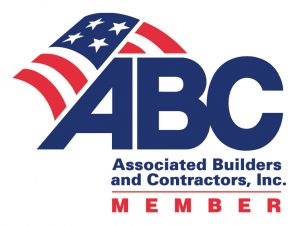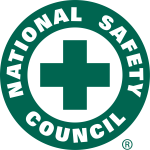Considerations For New Warehouse Equipment
In any business, there are always sunk costs, fixed and variable costs to consider. Sunk costs are past and the fixed costs are a constant, but the variable costs can kill the bottom line. The ability to automate as much as possible is a great way to reduce the variable costs to help maximize efficiency and profitability. When purchasing and installing new warehouse equipment, there are a few basic things to take into consideration.
Lift Equipment
In a typical warehouse, there are usually anywhere from 1 to 4 different types of lift equipment being used and these are technically divided into classifications. Whether high lift or low lift capability is required, Class I is an electrically powered sit-down forklift with solid rubber tires. Class II is a narrow aisle stand-up reach truck or order picker and Class III are pallet jacks, powered or non-powered. Class IV is a sit-down internal combustion forklift with solid tires. Each has different capabilities and imitations and requirements for training, battery storage and charging as well as LP Gas or other fuel storage. This equipment also requires designated areas for parking when the equipment is not in use, ref OSHA Title 29, CFR 1910.178
Racks
It is important for the business to consider the types of inventories being stored and the turn-around of those inventories in order to choose the right type of racking system(s) to be used. There are a variety of systems available; selective, drive-in, pushback, pallet flow, structural and cantilever racks, which all provide different storage options. Regardless of the type of racks being used, aisle space should be minimized to help maximize storage capability, and minimize travel for lift equipment and personnel. OSHA Publication 2236, Rev. 2002 addresses Materials Handling and Storage. Aisles must be kept clear, and permanent aisles must be marked. It is also important that loads be secured to help prevent a falling load, especially from the opposite side of the rack as a load is being placed into or removed from the rack. There should also be proper clearance between stored products and overhead lighting.
Palletizers
Warehouses and manufacturers may be able to streamline operations for receiving, storage and shipping with the proper design and use of conveyors and palletizers. There are several different types of equipment available, depending upon need and budget. Semi-automatic palletizers are generally less expensive and do require some operator input, whereas low-level in-feel, high-level in-feed and robotic systems are totally automated and there are also multi-product palletizers that can accommodate production lines with multiple products. Personnel must be protected from pinch points and from being crushed between equipment and loads.
Proper integration of floor space designation, racking systems, conveyor systems and lift equipment can help make a safer, streamlined and efficient workplace. OSHA Title 29, CFR 1926.250 addresses the requirements for materials handling and storage as well as the typical hazards present in materials storage. Per the OSH Act, the employer is required to provide a safe workplace free of known hazards and to train and equip employees to protect them from hazards. Dock areas, overhead obstructions, ventilation, wet, slippery areas, blind spots and pedestrian traffic are all safety considerations for warehouse and manufacturing facilities designers to take into consideration when considering the purchase and installation of new equipment.
Get in touch
AEIOK - TULSA
1424 E 3rd St
Tulsa OK 74120
AEIOK - OKC
317 N Portland Ave, Suite D
Oklahoma City, OK 73107
Phone
Questions?
ABOUT US
Specializing in commercial and industrial installations, service, and maintenance.
Native American Owned. General Construction, Electrical, Material Handling. Licensed in OK and AR.
CONTACT US
Tulsa
1424 E 3rd St
Tulsa, OK 74120
Oklahoma City
317 N Portland Ave, Ste D
Oklahoma City, OK 73107
Toll Free:
800-583-3727




0 Comments